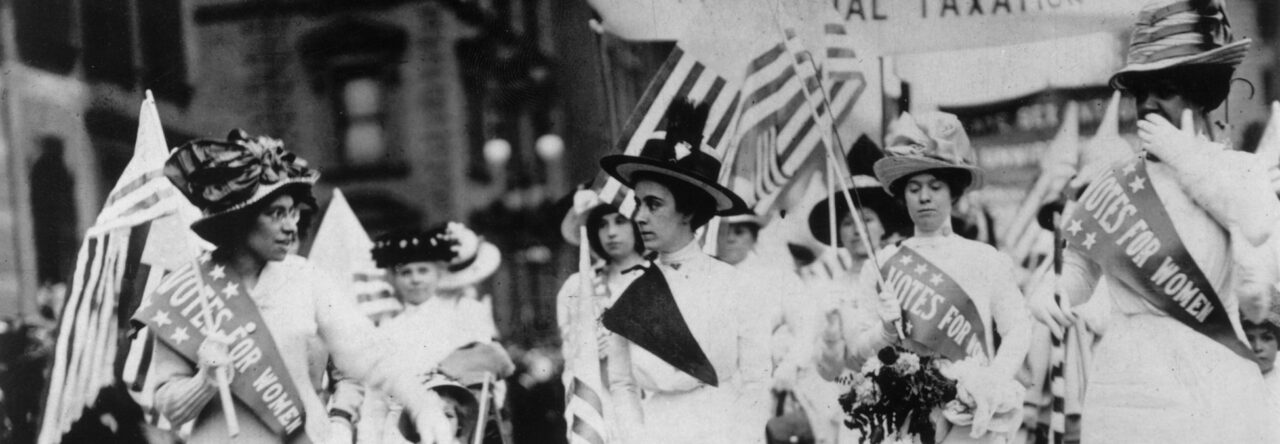 The election of 1876 is one of the most contested elections in American history. As election day drew to a close on November 7, 1876 it seemed to be clear that the Democratic candidate for office, Governor Samuel J. Tilden of New York had been victorious over his Republican counterpart, Gov. Rutherford B. Hayes of Ohio. Tilden had won roughly 51 percent of the popular vote while garnering 184 electoral college votes compared to Hayes who only recieved 165. Where the election began to get murky was the fact that neither candidate had won the majority of electoral votes, and four states were still up in the air as far as who their votes would be counted towards.
The election of 1876 is one of the most contested elections in American history. As election day drew to a close on November 7, 1876 it seemed to be clear that the Democratic candidate for office, Governor Samuel J. Tilden of New York had been victorious over his Republican counterpart, Gov. Rutherford B. Hayes of Ohio. Tilden had won roughly 51 percent of the popular vote while garnering 184 electoral college votes compared to Hayes who only recieved 165. Where the election began to get murky was the fact that neither candidate had won the majority of electoral votes, and four states were still up in the air as far as who their votes would be counted towards.
Hayes and his fellow Republicans accused Tilden and many southern Democrats of voter fraud and intimidation, especially with the recently empowered african american population in southern states. The drastic unrest between these two sides led some to speculate that the beginning of another Civil War was on the horizon.
Tilden was a man of reform and embodied the movement that many Democrats within the south were looking for. While he his popularity grew he also exposed his greatest weakness, his secretiveness. Hayes on the other hand was proclaimed by his supporters as, “open…and..he utters aloud and in the presence of others his opinions on all proper subjects of discussion.”
The states of Florida, Louisiana, Oregon and South Carolina held the key to the election as all four of these states electoral votes were being disputed. The reconstruction governments of Florida, Louisiana and South Carolina went and threw out Democrat votes to allow Hayes to receive the states electoral votes, allowing him to possess the majority. This led to the what is now know as the Compromise of 1877. In exchange for the presidency Rutherford Hayes had to remove all federal troops from the south thus leaving african americans exposed to southern law and order and he had to name name a southerner as Postmaster General which he did by appointing David M. Key of Tennessee.
Finally after months of heated debates Rutherford B. Hayes was inaugerated on March 5, 1877. The election of 1876 almost pushed our already battered nation to the breaking point again. It did however mark the end of Reconstruction and the new beginning of the nation as one.

Leave a Reply
You must be logged in to post a comment.